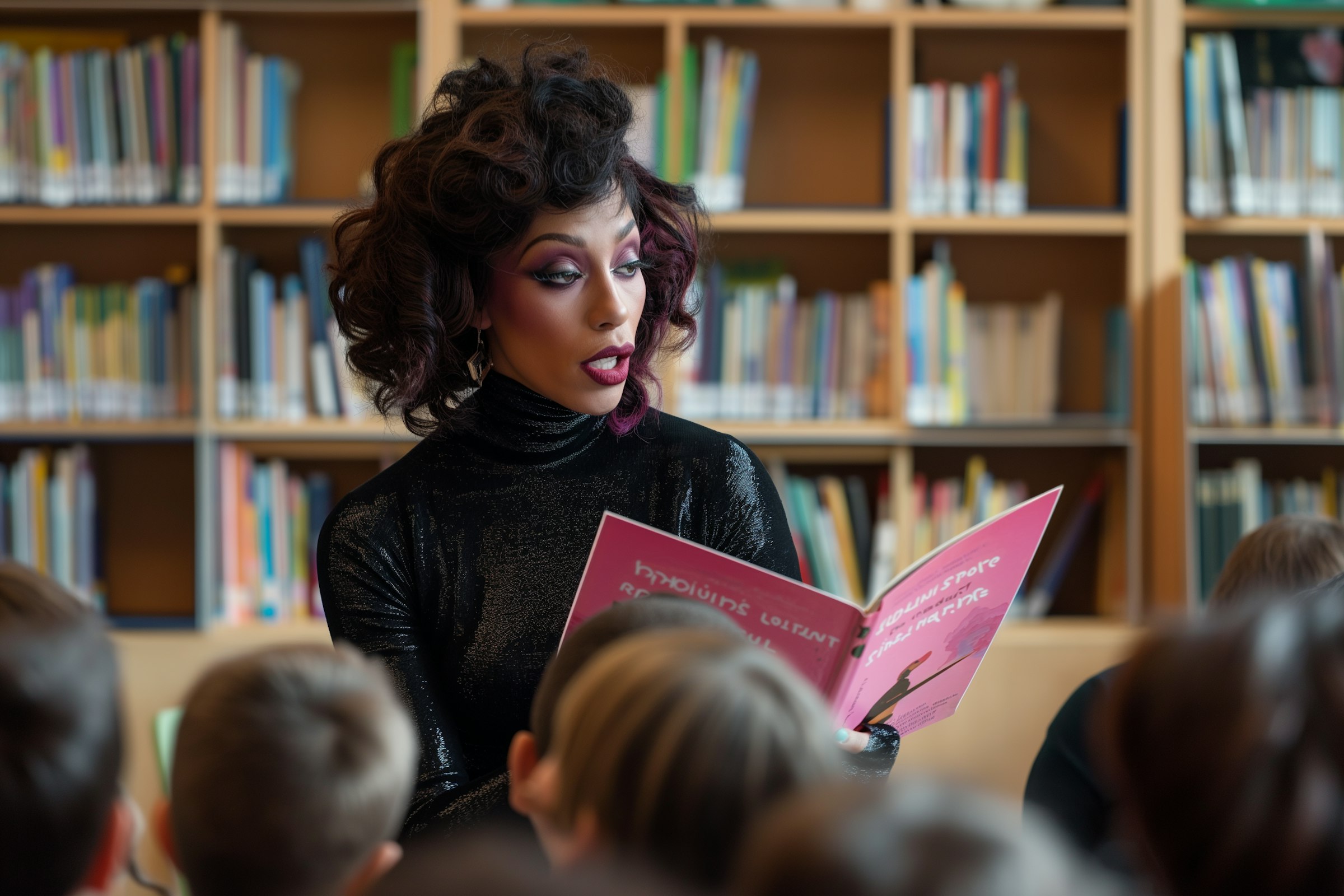Creative writing and storytelling are powerful tools for developing a child’s imagination, communication skills, and emotional expression. Encouraging kids to create their own stories not only enhances literacy but also boosts confidence and creativity. Here’s a comprehensive guide to fostering a love for writing and storytelling in children.
Create a Cozy Writing Space

Having a designated space for writing can make a huge difference. Set up a cozy corner with a small desk, colorful stationery, notebooks, and comfortable seating. This space should feel inviting and inspire your child to pick up a pencil and let their imagination run wild.
Tip: Add fun items like a special writing journal, stickers, or a small lamp to make the space unique and exciting for your child.
Start with Story Prompts and Picture Inspiration

Kids can find it challenging to start writing from scratch, so offer prompts to get them going. Use story starters like “What if you could talk to animals…” or “Imagine you found a secret door in your backyard…” You can also use pictures of interesting places, animals, or people to spark their creativity.
Activity: Cut out images from magazines or print them online. Let your child pick one and create a story around it. This helps them visualize the narrative before they start writing.
Encourage Journaling and Daily Writing Habits
Keeping a daily journal is a great way for kids to practice writing. Encourage them to write about their day, thoughts, dreams, or anything that interests them. It’s not about perfect grammar or spelling—it’s about getting thoughts on paper and developing a regular writing habit.
Tip: Provide fun writing prompts for journaling, like “If you had a superpower, what would it be?” or “Describe your dream vacation.” These prompts make journaling more engaging.
Read Stories Aloud Together

Reading and storytelling go hand in hand. Spend time reading books together and discussing them. Ask open-ended questions like “What do you think will happen next?” or “How would you change the ending?” This sparks curiosity and gives kids ideas for their own stories.
Activity: Try a “story swap” where you start a story and let your child finish it, or take turns adding a sentence to build a story together.
Use Mind Maps to Organize Ideas

Sometimes, kids have a lot of ideas but don’t know how to organize them. Use mind maps to help them visualize their story. Start with the main character in the center and branch out with elements like setting, plot, problems, and solutions.
Tip: Use colorful markers, stickers, or drawings in the mind map to make the planning process more engaging and fun.
Explore Different Genres and Styles
Expose kids to a variety of genres, such as adventure, fantasy, mystery, science fiction, and poetry. Let them experiment with different writing styles to find what they enjoy the most. Encourage them to write short poems, comic strips, or even a fairy tale.
Activity: Have a “genre week” where each day focuses on a different style. Monday could be for fantasy stories, Tuesday for mystery, and so on. This keeps writing fresh and exciting.
Encourage Storytelling Through Drawing and Comics

For kids who love to draw, storytelling through illustrations can be a great alternative to traditional writing. Encourage them to create their own comic books or draw scenes from their stories. This is especially helpful for younger kids who may not yet be comfortable with writing long narratives.
Project: Provide a comic book template and let them fill it with drawings and dialogues. It’s a fun way to blend art with storytelling!
Create a Story Jar with Ideas
Make storytelling spontaneous with a story jar. Write down different characters, settings, and situations on slips of paper. Place them in a jar, and let your child pick a few to inspire a story. This can lead to some wonderfully creative and unexpected narratives!
Tip: Use colorful paper and involve your kids in writing down the prompts. It makes the activity more personal and exciting.
Celebrate Their Writing with a Personal Book

Once your child completes a story, celebrate their hard work by turning it into a book. Print out their story, let them illustrate it, and bind it with a simple cover. This makes them feel like a real author and motivates them to write more.
Project: Create a “book launch” day where they present their story to family and friends. It’s a fantastic way to boost confidence and celebrate their creativity.
Conclusion
Encouraging creative writing and storytelling in children is about making the process enjoyable and pressure-free. It’s not about perfection—it’s about imagination, expression, and the joy of creating something unique. Whether it’s a short story, a poem, or a comic, each piece they write is a step toward developing their skills and finding their voice. So grab some paper, pick a prompt, and watch as your child’s creativity takes flight!
Lead your way to us ezroots.in
